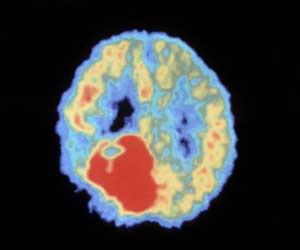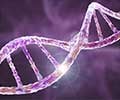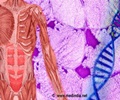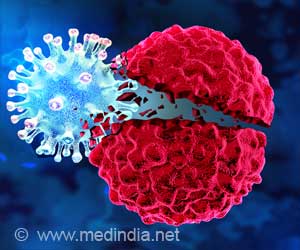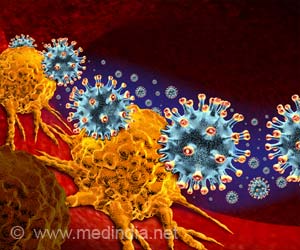The discovery will lead to better methods for diagnosing, treating childhood brain cancers and avoiding wrong chemotherapy that can cause lasting harm.
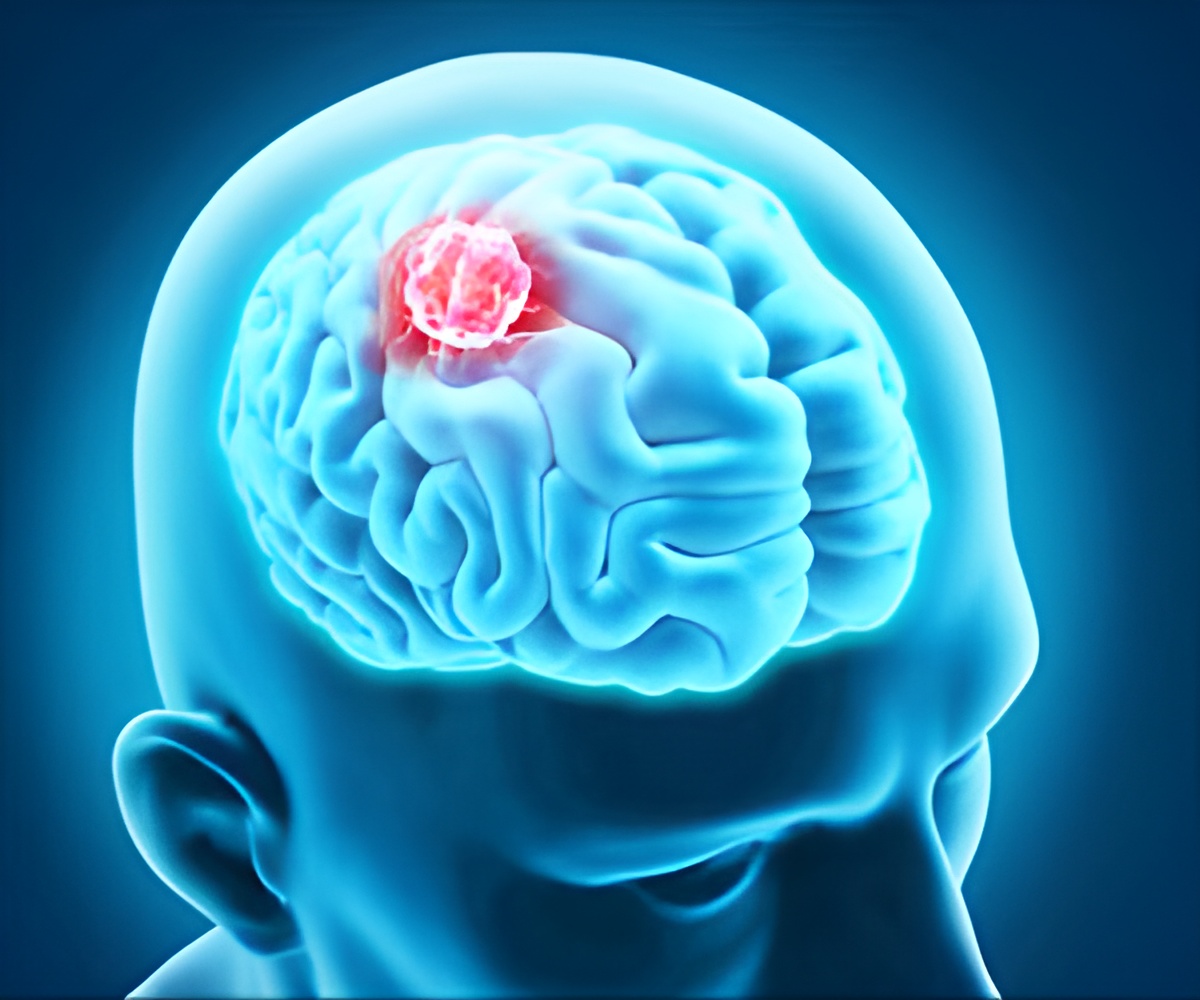
‘The discovery of a three-way mechanism will lead to better diagnosis, treatment of childhood brain cancers and avoiding wrong chemotherapy that can cause long-term adverse effects.’





"Treating pediatric brain cancer patients with the wrong chemotherapy can cause lasting harm, and this finding should enable us to avoid that in many cases through a more accurate diagnosis," said study co-leader Dr. Adam C. Resnick, Assistant professor of Neurosurgery at Penn Medicine. He expects that the finding also will lead to discoveries of similar tumor-driving mechanisms in other forms of cancers in both children and adults. The study emerged from a multi-center collaborative effort led by Penn, CHOP, and the Dana Farber Cancer Institute. The broad aim of the collaboration has been to gain a more detailed understanding of the genomic abnormalities underlying the most common childhood brain cancers, known as pediatric low-grade gliomas. Researchers already know that certain sub-types of these gliomas are driven mostly by mutations or duplications to genes in the growth-related, mitogen-associated protein kinase (MAPK) pathway.
Drugs that block MAPK signaling are beginning to be investigated in clinical trials with pediatric patients. In this study, however, Resnick and his colleagues sought to characterize abnormalities in pediatric gliomas sub-types that are not driven by MAPK-pathway mutations.
With dozens of laboratories collaborating in the study, the team was able to put together the largest-ever genomic dataset from these rare tumors, comprising 249 cases. They found that besides MAPK-related alterations the most common genetic abnormalities were those involving a growth-driving gene, MYB, which normally is active only during the fetal phase of life. The MYB alterations were especially frequent in one particularly rare pediatric glioma subtype, angiocentric glioma. In fact, all of the 19 angiocentric glioma samples had detectable MYB alterations, and there was evidence that most of these alterations involved one specific abnormality: a deletion of chromosomal DNA that left one end of MYB fused to a normally separate gene, QKI.Investigating further, the team found that the MYB-QKI gene fusions appeared to be driving these brain tumors in three different ways. First, although MYB is normally not expressed in the developed human brain, the gene arrangement in angiocentric gliomas leads to abnormal expression and transcriptional activity of MYB via the MYB-QKI gene fusion--and indeed the fused MYB-QKI works as an oncogene to drive tumor formation.
Second, the fusion deletes enough of QKI to disrupt its chief function, which appears to be tumor suppression, thus QKI fails to exert its usual braking effect when the rate of cell division becomes aberrant.The third, most new and interesting mechanism turned out to involve a combination of elements from the two genes. "We found that the fusion event brings QKI-related enhancer elements close enough to MYB’s promoter region to activate it, thereby driving MYB-QKI expression," said Payal Jain, a PhD student in the Cell and Molecular Biology program at Penn and working in Resnick’s laboratory.
Advertisement
Jain, Resnick, and their colleagues will follow up with investigations of other gene fusions and abnormalities found in pediatric gliomas in the hope that specific treatments can be developed for all subtypes of these cancers."Pediatric brain tumors are rare, so it’s only through large collaborations like this one that we can bring together enough samples and data to do such meaningful studies," said Resnick.
Advertisement
Source-Medindia




